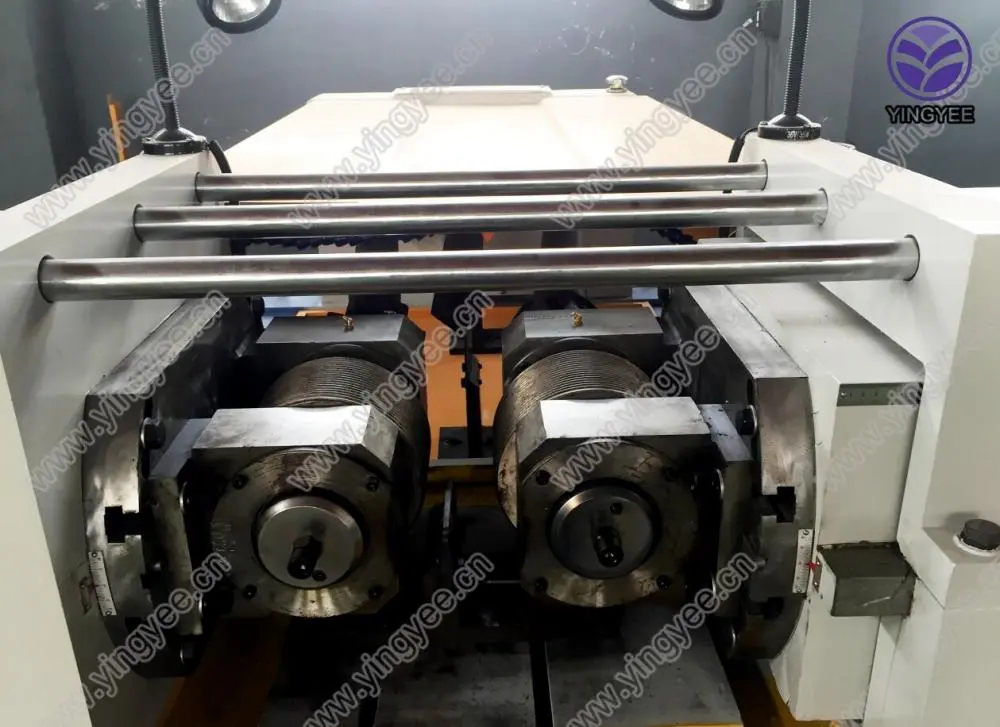
The Simple Slitting Line A Vital Tool in Modern Manufacturing
In the realm of manufacturing, precision and efficiency are paramount. Among the various processes that contribute to effective production, the simple slitting line has emerged as a vital tool, particularly in the metal processing industry. This technology is crucial for transforming large coils of metal into narrower strips that can be used for a multitude of applications, from construction to automotive parts.
A slitting line essentially comprises several components designed to perform the operation with high accuracy. The process begins with the unwinding of the metal coil, which is often made of steel, aluminum, or other metals. Operators must ensure that the coil is positioned correctly to avoid defects in the final product. Once unwound, the metal strip is fed into a slitting machine where rotary blades cut the material into the desired widths. This step is critical, as even a slight miscalculation can lead to wasted materials and increased costs.
The design of a simple slitting line emphasizes user-friendliness and ease of maintenance, making it accessible for a variety of production environments. With user interfaces featuring digital displays, operators can easily adjust settings to accommodate different metal types and thicknesses. Modern slitting lines also incorporate advanced technology such as automatic feed adjustments and real-time monitoring, which enhance both productivity and product quality.

Once the strip is slit to the required specifications, it undergoes processes such as recoiling to prepare it for storage or further processing. The flexibility of a simple slitting line allows manufacturers to produce a range of products, from packaging materials to specialized components for machinery. This versatility is critical in a market that demands quick turnaround times and customized solutions.
Moreover, the environmental impact of a simple slitting line is increasingly important in today's eco-conscious landscape. By optimizing material usage and reducing waste, manufacturers can align their processes with sustainability goals. Energy-efficient models are also being developed, minimizing the carbon footprint of operations.
In conclusion, the simple slitting line is a cornerstone of modern manufacturing, providing efficiency, flexibility, and precision in the processing of metal strips. As industries continue to evolve, the importance of such technologies will only grow, underscoring the need for innovation in the manufacturing sector. By embracing these advancements, manufacturers can not only meet the demands of today's market but also contribute to a more sustainable future.